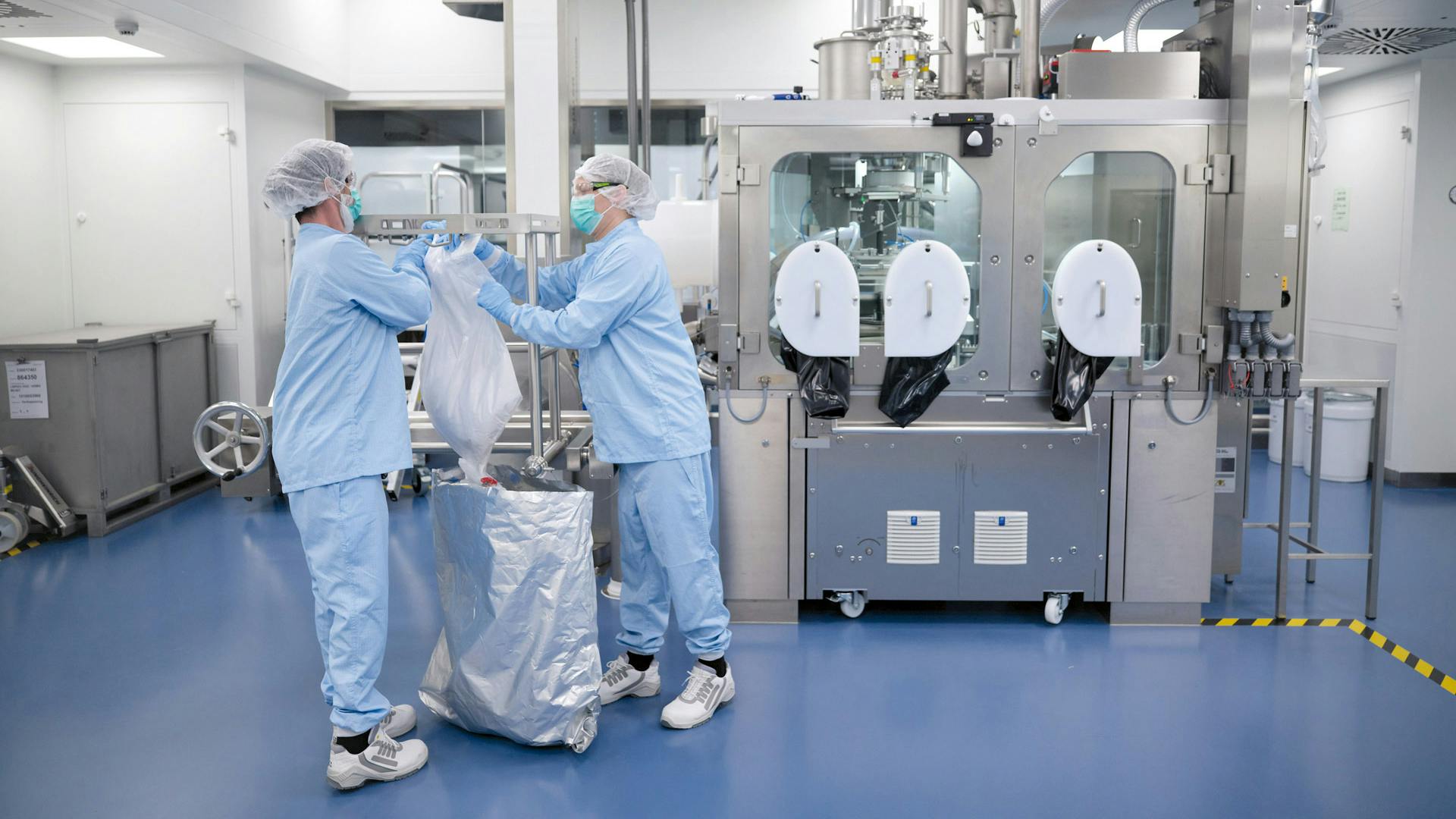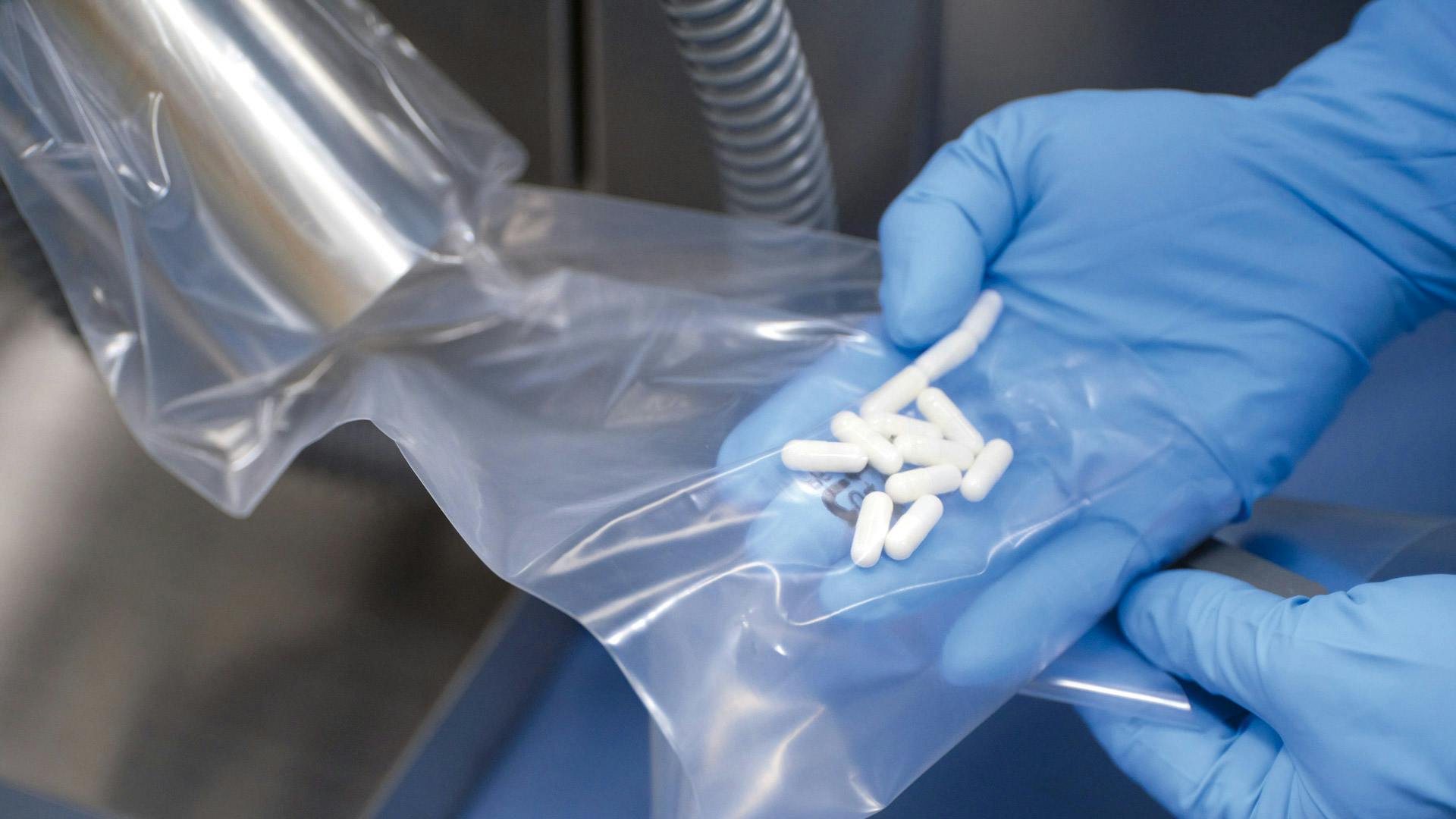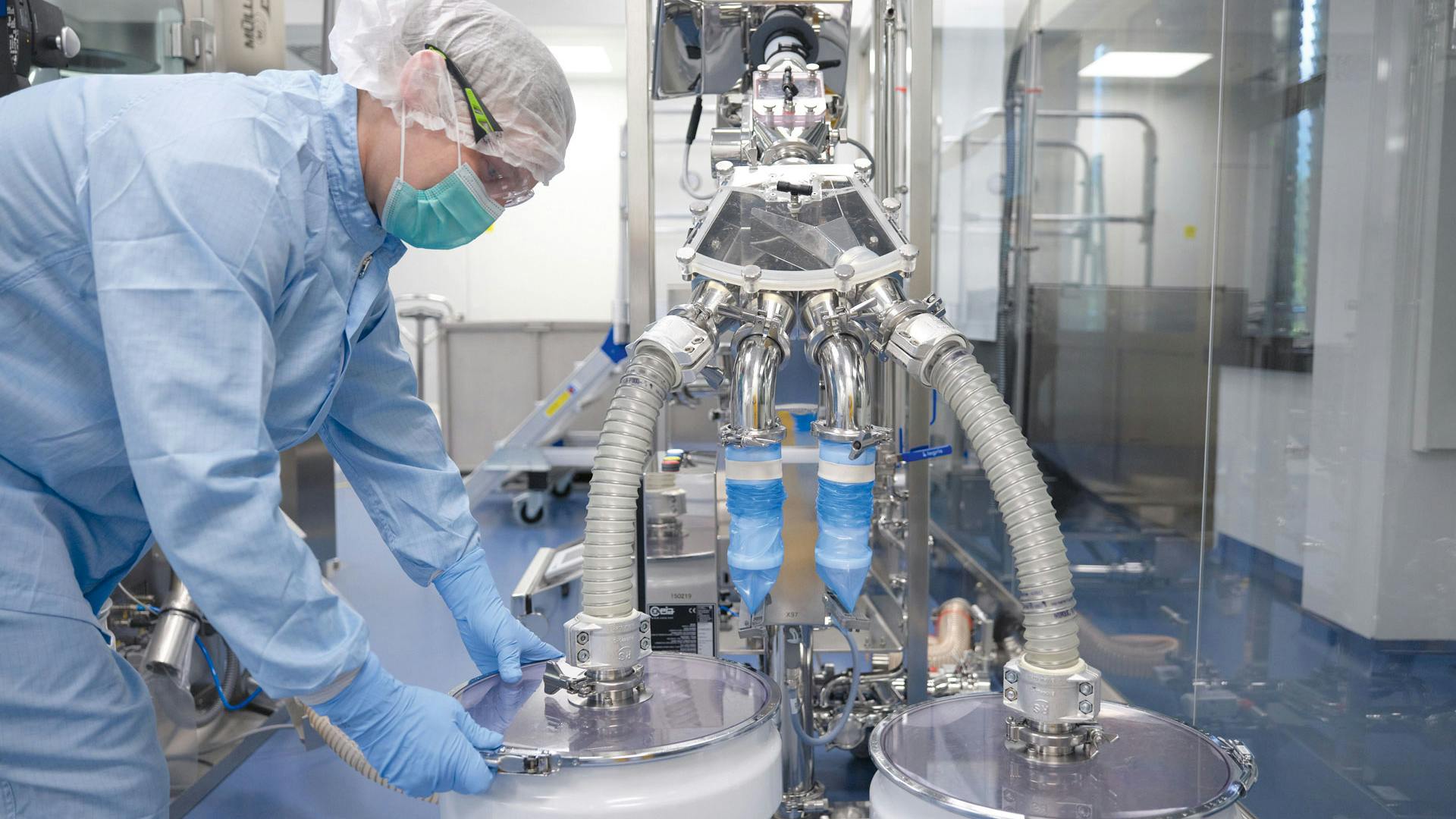Live. Magazine
The drive through the lush foothills of the Black Forest in Germany brings joy even during this rainy spring Monday morning as we navigate the asphalt jungle of the Rhine valley in our car to the town of Wehr in all its green shrubbery.
While we drive carefully through the serpentine roads and cross the Wehra river several times, we almost miss the large production site that hides behind an avenue of stately trees, which in their bloom almost completely conceal the large office and production buildings of the Wehr site.
After entering the precinct and passing through the security gate, we walk through the facility, which consists of a large office complex built by predecessor company Ciba and a series of production and quality assurance buildings before we arrive at ramp 18 at the outermost end of the site.
The ramp is situated in a wide cul-de-sac encircled by other ramps where, on busy days, rows of trucks wait to unload chemical ingredients and ship finished products to the rest of the world or other packaging sites of Novartis.
This morning we are awaited by Manufacturing Unit Head Britta Luechtenborg and her colleague Stephan Stocker, who works as the Technical Transfer Lead. Both welcome us to the warehouse with its hundreds of pallets of large white drums filled with the ingredients necessary to manufacture the more than one billion tablets that are produced here every year.
Innovative capsule unit
Our visit is not to one of the bulk production facilities, however. Our goal is to take a closer look at a sort of boutique production unit, where the team in Wehr is encapsulating a new active ingredient that comes with a slew of process innovations that are the result of almost a decade of permanent innovation developed by the Novartis Technical Research & Development (TRD) team and Novartis Operations.

Marc Wohler and Giuseppe Ingui prepare the production process.
As we are shepherded through the warehouse to the production unit, we pass through the obligatory personnel locks with its hygiene concept, where we have to don extra undergarments, a shiny yellow overall, special shoes, hair and beard protection and wash our hands repeatedly, before we enter the clean room that houses what looks like a little metal chapel.
“These security steps are needed,” says Stephan Stocker, “because, unlike in other operation units here, where we encapsulate drugs, we are working with an active drug substance that is not embedded in a traditional pharmaceutical form.” Hence, the closed manufacturing unit needs a high degree of containment, much like in a biotech environment.
As we enter the clean room and stand before the encapsulation machine, however, the feeling – as is often the case in modern production facilities – is something of an anticlimax because the innovation that is built into the machine is hardly visible. Most of the magic is not only hidden behind glass, but fully shielded behind metal encasings that look as ordinary and simple as a box.
But nothing could be further from the truth: We stand in front of one of the first encapsulation units that are able to fill the pure drug substance directly into hard gelatin capsules without using a formulation step in which the active ingredient of a drug is normally incorporated in a suitable form to be delivered to the correct body part.

Technical details oft the capsule-feeding mechanism.
The innovation required to execute this form of encapsulation is complex and required several years of hard work with the TRD team and a third-party engineering company, says operator Giuseppe Ingui, who has been with Novartis in Wehr for a good 20 years. “We have been working for several years to be able to operate this unit in its current form, which includes several innovative steps that allow us to run the system almost fully automatically,” Ingui says as he operates the unit together with his colleague Marc Wohler.
Step by step
One of the few manual steps is when the two unpack the drug substance from its outer packaging and connect the bag securely – in a sealed manner – to the machine, from where the substance goes through an inline sieving step before being filled into the capsules in the form of a small puck.
Another step requires them to connect the container with the empty capsules to the production unit and connect another machine into which the filled capsules are delivered before they are transported to the packaging unit. The rest runs fully automatically and requires the two operators to track the production via a software interface and document the steps.
Once the active ingredient is connected to the processing unit, everything moves automatically.
As part of the process, the drug substance is first put through a sieve to equalize the powdery substance. After this step, the drug substance is compressed in a vacuum drum to form the shape of a puck before it is ejected by pressurized air into the capsules.
As the pucks are powered into the capsules, they are weighed with the help of an advanced mass verification sensor that allows for a 100 percent fill weight control. “This is actually one of the key innovations in this process,” says Ingui.
This so-called precise drug processing step, which is done with the help of a capacitive field, allows the team to weigh the drug substance precisely to the milligram level. This not only helps reduce potential errors but is also instrumental in speeding up the production process. As a result, the team can manufacture more than 72000 capsules per hour, giving them ample bandwidth to scale up production in a very short time. In comparison, the output at the pilot plant on the Novartis Campus in Basel, which manufactures capsules for use in clinical trials, is less than a quarter of the output of the plant in Wehr.
To ensure the accuracy of the sensor itself, frequency function checks are performed at regular intervals. This is accomplished in a separate process in which the tare weight of the empty capsules – always consisting of 12 capsules per run – is determined using a traditional scale. Subsequently, the capsules are opened to create space for filling with the drug substance.


... are later shipped to the packaging unit.
Continual learning
Luechtenborg and Stocker, who have also joined us in the production facility, explain that the process has been automated to the extent that currently two operators are needed to oversee the production.
However, before operators can handle the work center, they usually need four to six months of training. “Of course, there are individual differences,” says Stocker. “But what I can say is that here people with a manufacturing background are needed due to the complexities involved. This encapsulating process differs from others because we work directly with the active ingredient, necessitating expertise and special knowledge.”
For Luechtenborg, who oversees production at the site, such learning efforts are part and parcel of the approach in Wehr. “While from the outside, Wehr has not changed much in the past few years, the real difference is happening inside, where we are continually improving manufacturing processes.”
Also, thanks to the close collaboration both with colleagues in Schweizerhalle and Menges, Slovenia, where the drug substance is produced, and with the teams from Technical Research & Development, which are experimenting with new synthesis and production steps, Wehr is keeping up its innovation pace, Luechtenborg says.
“Throughout its history, Wehr has been recognized time and again for its outstanding manufacturing capabilities,” Luechtenborg adds. “By continuing to focus on collaboration and innovation as well as continual learning, we aspire to deliver innovative launches and provide reliable supply with high standards, all of which reflects our passion to serve patients.”






